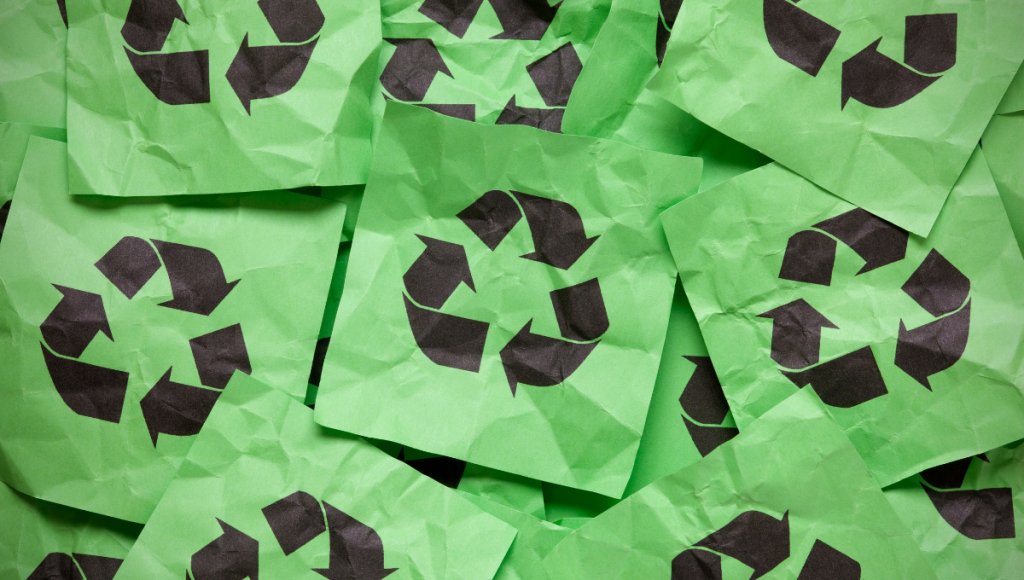
Can You Recycle an Air Mattress
Curious about recycling your old air mattress? Dive into a world of sustainability as we explore creative ways to give it new life and reduce waste!
“Recycle for Earth’s sake.”
In an era where sustainability and environmental consciousness are at the forefront of our minds, the question of what can and cannot be recycled often arises. Air mattresses, commonly used for camping trips, guest accommodations, or as temporary bedding solutions, are a household item that tends to raise eyebrows when it comes to recycling. So, can you recycle an air mattress? Let’s delve into the world of air mattresses and explore sustainable solutions for giving them a second life.
Table of Contents
ToggleWhat are Air Mattresses?
Air mattresses, also known as inflatable mattresses or blow-up mattresses, are primarily made from a combination of materials such as polyvinyl chloride (PVC), rubber, or textile-reinforced urethane plastic. The construction of these mattresses usually involves layers of these materials fused together to create an airtight seal that allows them to hold air. While these materials provide durability and comfort, they also pose challenges when it comes to recycling
Exploring Recycling Options for Air Mattresses
Recycling an air mattress is not as straightforward as tossing it in your curbside recycling bin. The complexity lies in the composite materials used in their construction. Unlike single-material items like glass bottles or aluminum cans, air mattresses are made from a mix of materials that can be difficult to separate and recycle effectively through conventional recycling methods.
Recycling Options
- Check Local Recycling Centers:
The first step in recycling an air mattress is to check with your local recycling center. Some recycling facilities have specialized equipment that can handle complex materials like those found in air mattresses. They may accept air mattresses for recycling or guide you to a facility that does.
- Mattress Recycling Programs:
Some regions have mattress recycling programs that extend to air mattresses. These programs disassemble the mattress, separate the materials, and recycle what they can. While this option is not widely available, it’s worth exploring if you’re committed to recycling your air mattress.
- Upcycling and Reuse:
If recycling is not an option, consider upcycling your old air mattress. You can repurpose it as a ground cover for picnics, camping, or DIY home projects. The inflatable nature of air mattresses can make them useful in various creative ways.
- Donation:
If your air mattress is still in good condition, consider donating it to a local shelter, charity, or someone in need. Many organizations gladly accept gently used bedding items to help those less fortunate.
Recycling Challenges and Solutions
One of the primary challenges in recycling air mattresses is the separation of different materials. PVC, for instance, is notoriously difficult to recycle due to its chemical composition and potential environmental hazards. However, advancements in recycling technology are continually being made, and some facilities have the capability to break down and reuse PVC.
To address these challenges, manufacturers are increasingly exploring sustainable alternatives to traditional materials. Many eco-friendly air mattresses are now available on the market, made from materials like TPU (thermoplastic polyurethane) or natural latex rubber, which are more easily recyclable or biodegradable. Choosing such mattresses when making a purchase can contribute to a more sustainable sleep experience.
Environmental Impact
Understanding the environmental impact of disposing of an air mattress is crucial. When air mattresses end up in landfills, they can take years to decompose, releasing harmful chemicals into the environment during the process. By recycling or responsibly disposing of them, you can significantly reduce their environmental footprint.
Tips for Responsible Disposal
- Contact Local Authorities:
Check with your local waste management or recycling center for guidance on disposing of your air mattress responsibly. They may have specific instructions or recommendations for recycling or disposal.
- Deflate and Clean:
Before disposing of your air mattress, ensure it is fully deflated and cleaned to minimize any potential environmental contamination.
- Reduce Packaging Waste:
When purchasing a new air mattress, consider brands that use minimal packaging or eco-friendly materials in their packaging. Reducing waste at the source is an essential step toward sustainability.
Conclusion
While recycling an air mattress can be challenging due to its complex materials, responsible disposal methods are still available. It’s essential to explore local recycling options, upcycling opportunities, or donation possibilities to minimize the environmental impact of your old air mattress.
Furthermore, when making future bedding choices, consider eco-friendly alternatives made from recyclable or biodegradable materials. As consumers, we play a vital role in promoting sustainability, and our choices can contribute to a greener and more environmentally friendly world. By taking these steps, you can sleep soundly, knowing you’ve made a positive impact on our planet. Sweet dreams!
